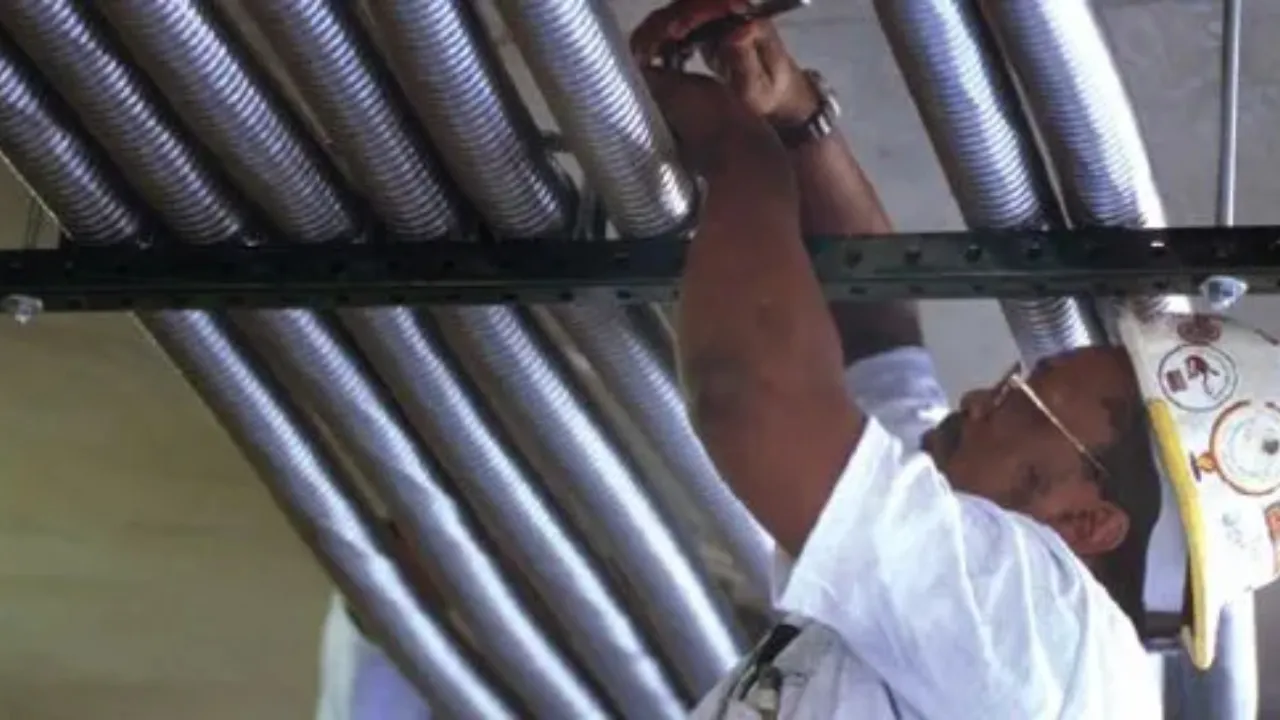9 月 . 11, 2024 11:00 Back to list
High-Quality Rubber Expansion Joints for Flexible Piping Solutions
Understanding Rubber Expansion Joints Essential Components in Modern Engineering
Rubber expansion joints are vital components utilized in various engineering applications, particularly in piping systems within industrial settings. Their primary purpose is to absorb movements caused by thermal expansion, vibration, and misalignment while preventing the potential damage that could arise from these forces.
Composed of flexible rubber, these joints are designed to withstand a range of temperatures and pressures, making them suitable for handling different types of fluids, including water, chemicals, and gases. The elasticity of rubber allows these joints to expand and contract in response to temperature variations, providing an essential buffer that maintains the integrity of the piping system.
One of the key advantages of rubber expansion joints is their ability to reduce noise and vibrations within the piping system. When fluids flow through pipes, they can create considerable noise and cause vibration that may lead to wear and tear over time. By incorporating rubber expansion joints, engineers can minimize these effects, contributing to quieter and more efficient operations.
rubber expansion joint

Moreover, these joints are relatively easy to install and maintain
. Unlike rigid joints, which require precise alignment and support, rubber expansion joints can accommodate slight misalignments, simplifying the installation process. This adaptability also means that they can be used in a variety of configurations, making them a versatile choice for engineers.Another benefit lies in their resistance to various chemicals and environmental factors. Many rubber compounds can be specifically formulated to resist degradation from oils, acids, and other harmful substances. This characteristic makes rubber expansion joints suitable for use in challenging environments such as chemical processing plants, wastewater treatment facilities, and power generation facilities.
However, while rubber expansion joints offer numerous benefits, they are not without limitations. Over time, exposure to extreme temperatures or aggressive chemicals can lead to material degradation, which emphasizes the importance of selecting the right type of rubber for specific applications. Regular inspections and maintenance are also crucial to ensure their continued effectiveness and longevity.
In conclusion, rubber expansion joints play an important role in modern engineering, especially in systems where thermal fluctuations and vibrations are prevalent. Their ability to absorb movement, reduce noise, accommodate misalignments, and resist corrosive substances makes them indispensable in various industrial applications. As technology advances, the development of new materials and designs may enhance the performance of these essential components, ensuring their continued relevance in engineering solutions.
Share
-
Understanding the Differences Between Wafer Type Butterfly Valve and Lugged Butterfly ValveNewsOct.25,2024
-
The Efficiency of Wafer Type Butterfly Valve and Lugged Butterfly ValveNewsOct.25,2024
-
The Ultimate Guide to Industrial Swing Check Valve: Performance, Installation, and MaintenanceNewsOct.25,2024
-
Superior Performance with Industrial Swing Check Valve: The Essential Valve for Any SystemNewsOct.25,2024
-
Industrial Swing Check Valve: The Ideal Solution for Flow ControlNewsOct.25,2024
-
You Need to Know About Industrial Swing Check Valve: Functionality, Scope, and PerformanceNewsOct.25,2024